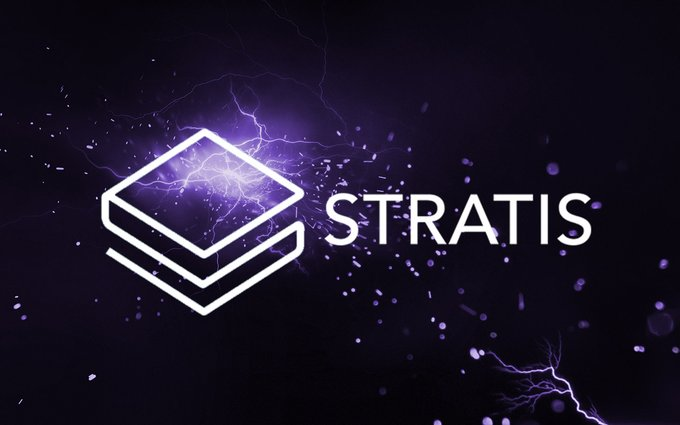Stratis Blockchain Platform Overview
Stratis is a blockchain platform focused on enterprise-grade services, aiming to lower the barrier for enterprises adopting blockchain technology through a Blockchain‑as‑a‑Service (BaaS) model. Its core advantage lies in supporting customized private sidechain development, allowing enterprises to deploy secure, efficient distributed applications (dApps) without relying on public chains. Built on C# and the .NET framework, and deeply integrated with Microsoft, Stratis is the first blockchain solution integrated with Azure cloud services, providing enterprises with a seamless cloud development environment.

Technical Architecture and Core Advantages
Stratis’s technical architecture revolves around modular design, enabling enterprises to flexibly select functional modules according to their needs:
-
Sidechains and Interoperability: Enterprises can create independent private sidechains and achieve cross‑chain asset interoperability with public chains such as Ethereum via the InterFlux protocol—for example, wrapping STRAX as an ERC‑20 wSTRAX token to integrate into the DeFi ecosystem.
-
Zero‑Knowledge Proof (ZK‑Rollup): The 2025 Verium project integrates zkSync’s ZK‑Rollup technology, significantly improving transaction throughput and reducing gas fees, especially suited for high‑frequency trading scenarios such as gaming and financial derivatives.
-
Cold Staking and Governance: STRAX holders can participate in network validation through cold staking (offline staking) to earn stable yields, and vote on protocol upgrades via decentralized governance.
2025 Latest Technical Developments
This year, Stratis achieved several breakthroughs in technical iteration and ecosystem expansion:
StratisEVM Mainnet Launch
The EVM‑compatible Layer 1 network became operational, supporting rapid smart contract deployments. A high‑throughput Layer 2 solution for gaming and DeFi is planned to meet low‑latency requirements.
Elastic Chain Network
Using zkSync’s Elastic Rollup framework, enterprises can deploy customized ZK‑Rollup chains (including L3), achieving horizontal scaling and multi‑chain coordination. Honda has already developed an automotive supply chain management system based on this framework.
GPU Prover Acceleration
The Verium project’s GPU‑accelerated proof generation reduces zero‑knowledge proof times to the millisecond level, supporting real‑time scenarios such as esports and AR applications.
Enterprise Application Scenarios and Case Studies
Stratis’s enterprise deployments span multiple sectors:
-
Supply Chain Management: Immutable distributed ledgers enable full traceability from production to delivery. JD.com uses Stratis sidechain technology for product provenance, ensuring data transparency.
-
Digital Identity and Compliance: The Stratis Identity Protocol provides decentralized KYC solutions for financial institutions, generating encrypted tokens that preserve user privacy.
-
Gaming and DeFi Integration: StratisEVM supports NFT issuance and on‑chain gaming logic. Virtual reality platform SkyDream Mall uses STRAX for payments and governance, creating an immersive economic ecosystem.
STRAX Tokenomics and Market Performance
STRAX is the native token of the platform, with a fixed supply of 2 billion tokens and a circulation rate of approximately 97.68%. Its economic model balances incentives and stability:
-
Staking Rewards: Annual yields of around 4%–8% attract long‑term holders to support network maintenance.
-
Deflationary Mechanism: A portion of transaction fees is burned via smart contracts to offset inflation.
-
Institutional Holdings: Institutions such as Alphabit Digital Currency Fund continue to accumulate STRAX, helping maintain a market cap around USD 113 million.
Currently, STRAX’s price shows a fluctuating upward trend driven by technical upgrades and application rollouts, trading at approximately USD 0.058 in April 2025 with notable gains. Investors can trade and stake STRAX on regulated exchanges such as Binance and JuCoin to capture ecosystem growth dividends.




